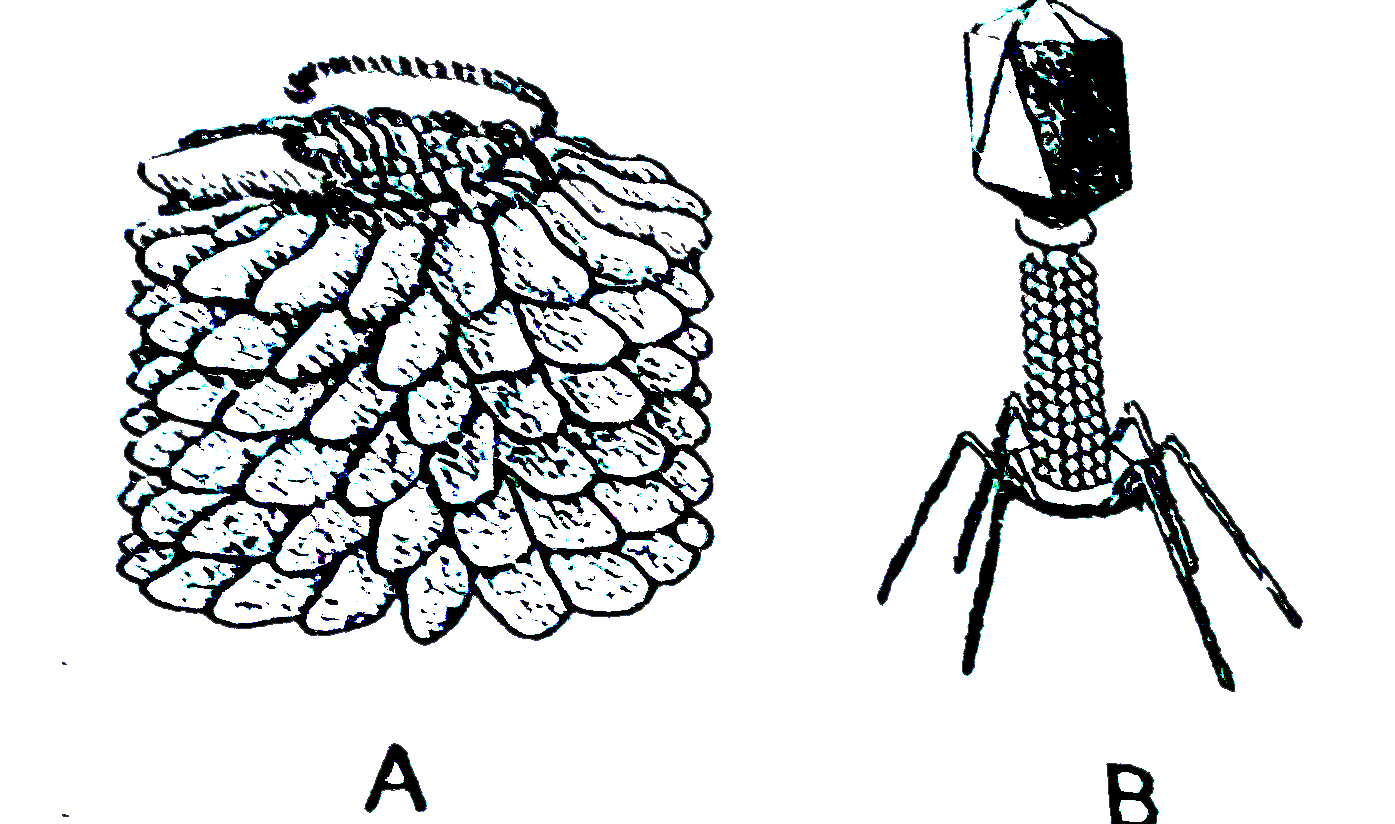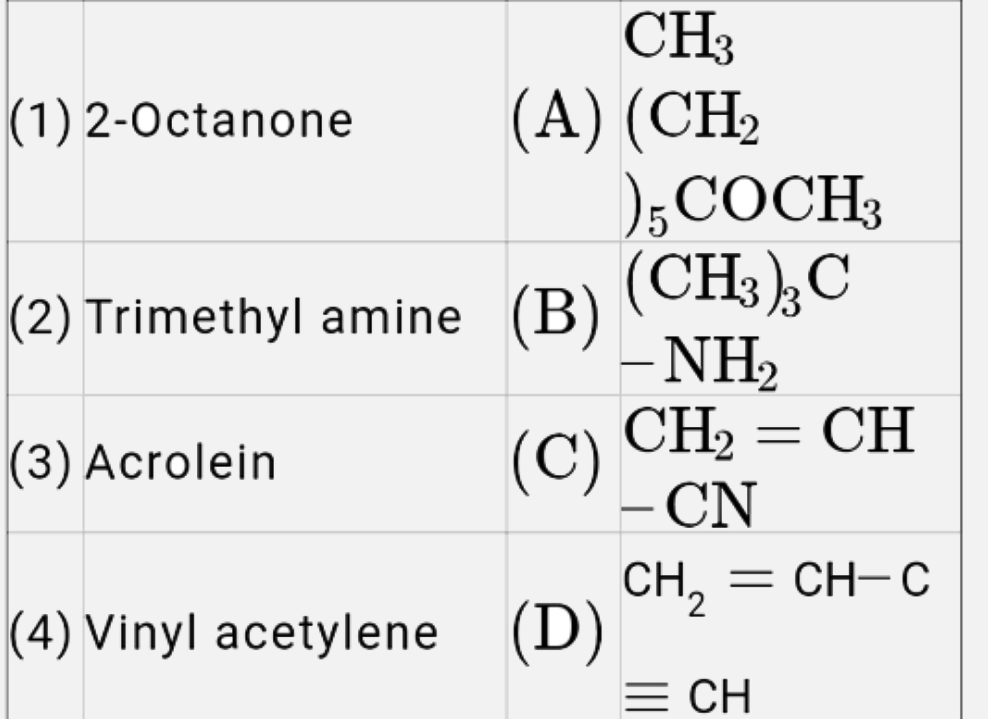Differentiate between the genetic codes given below :
(a) Unambiguous and Universal
(b) Degenerate and Initiator :
To differentiate between the genetic codes as requested, we will break down the definitions and characteristics of each type of genetic code mentioned in the question.
(a) Unambiguous and Universal
1. Unambiguous Code:
- Definition: An unambiguous genetic code means that each codon (a sequence of three nucleotides) specifies only one particular amino acid.
- Example: For instance, the codon UUU always codes for the amino acid phenylalanine. There is no ambiguity in this coding; UUU will not code for any other amino acid.
2. Universal Code:
- Definition: The universal genetic code refers to the idea that the same codons generally code for the same amino acids across different organisms, from bacteria to humans.
- Example: For example, the codon UUU codes for phenylalanine in both humans and bacteria, showing the universality of the genetic code. However, there are exceptions in certain organisms, such as some mitochondrial codons and protozoans.
(b) Degenerate and Initiator
1. Degenerate Code:
- Definition: A degenerate genetic code indicates that a single amino acid can be encoded by more than one codon. This means that multiple codons can specify the same amino acid.
- Example: For instance, the amino acid leucine can be coded by six different codons (UUA, UUG, CUU, CUC, CUA, CUG), demonstrating the degeneracy of the genetic code.
2. Initiator Code:
- Definition: An initiator codon is a specific type of codon that not only codes for an amino acid but also serves as the starting point for translation in protein synthesis.
- Example: The codon AUG is known as the initiator codon because it codes for methionine and signals the start of protein synthesis. It has a dual function as it serves both as a coding sequence for methionine and as the initiation signal.
Summary of Differences:
- Unambiguous vs. Universal:
- Unambiguous: One codon = One amino acid.
- Universal: Same codon = Same amino acid across different organisms.
- Degenerate vs. Initiator:
- Degenerate: One amino acid = Multiple codons.
- Initiator: Specific codon that starts translation and codes for methionine.
- Definition: An unambiguous genetic code means that each codon (a sequence of three nucleotides) specifies only one particular amino acid.
- Example: For instance, the codon UUU always codes for the amino acid phenylalanine. There is no ambiguity in this coding; UUU will not code for any other amino acid.
- Definition: The universal genetic code refers to the idea that the same codons generally code for the same amino acids across different organisms, from bacteria to humans.
- Example: For example, the codon UUU codes for phenylalanine in both humans and bacteria, showing the universality of the genetic code. However, there are exceptions in certain organisms, such as some mitochondrial codons and protozoans.
- Definition: A degenerate genetic code indicates that a single amino acid can be encoded by more than one codon. This means that multiple codons can specify the same amino acid.
- Example: For instance, the amino acid leucine can be coded by six different codons (UUA, UUG, CUU, CUC, CUA, CUG), demonstrating the degeneracy of the genetic code.
- Definition: An initiator codon is a specific type of codon that not only codes for an amino acid but also serves as the starting point for translation in protein synthesis.
- Example: The codon AUG is known as the initiator codon because it codes for methionine and signals the start of protein synthesis. It has a dual function as it serves both as a coding sequence for methionine and as the initiation signal.
- Unambiguous: One codon = One amino acid.
- Universal: Same codon = Same amino acid across different organisms.
- Degenerate: One amino acid = Multiple codons.
- Initiator: Specific codon that starts translation and codes for methionine.
Similar Questions
Identify A and B given below.
 View Solution
View SolutionDegeneration of a genetic code is attributed to the :
View SolutionDraw a labelled diagram of a sectional view of human seminiferous tubule.
(b) Differentiate between gametogenesis in human males and females on the basis of
(i) time of initiation of the process.
(ii) Products formed at the end of the process.View SolutionDifferentiate between the followings.,
(a) Repetitive DNA and Satellite DNA
(b) mRNA and tRNA
(c) Template strand and Coding strandView Solutiona) Write the specific features of the genetic code AUG.
b) Genetic codes can be universal and degenerate. Write about them, giving one example of each.
c) Explain aminoacylation of the tRNA.View SolutionFollowing are features of genetic codes. What does each one indicate? Stop codon, Unambiguous codon, Degenerate codon, Universal codon.
View SolutionChoose the correctly matched pair from the codes given below:
 View Solution
View Solution(a) Why is DNA molecule a more stable genetic meterial then RNA ? Explain.
(b) " Unambiguous"," degenerate" and "universal" are some of the salient featuresn of genetic code. Explain.View Solution(a) Why is DNA molecule a more stable genetic meterial then RNA ? Explain.
(b) " Unambiguous"," degenerate" and "universal" are some of the salient featuresn of genetic code. Explain.View SolutionDifferentiate w.r.t x Given x=acos3θ,y=bsin3θ
View Solution

